Premium Only Content
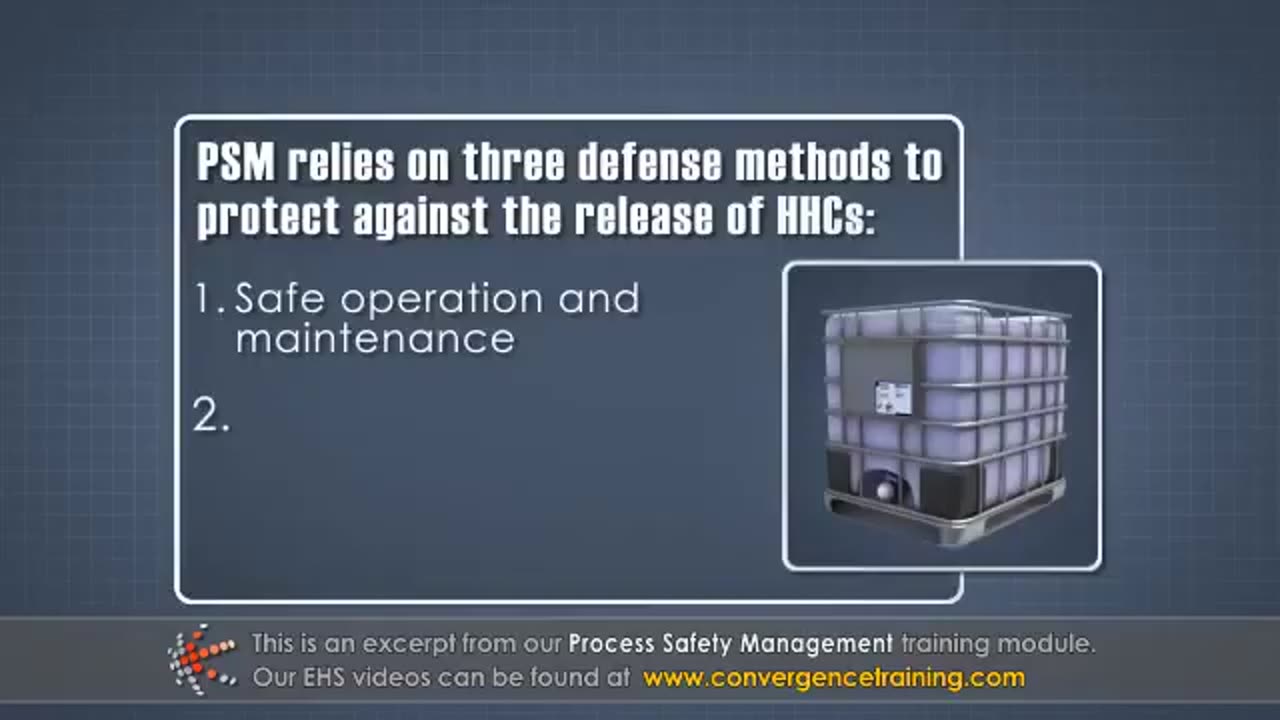
Process Safety Management Training
**Process Safety Management (PSM) Training** is designed to ensure workers understand the principles of preventing releases of hazardous chemicals and maintaining safe operations in processes involving highly hazardous substances. This training aligns with OSHA’s **Process Safety Management Standard (29 CFR 1910.119)** and is critical for industries such as chemical manufacturing, oil and gas, and pharmaceuticals.
---
### **Process Safety Management (PSM) Training Outline**
#### **1. Introduction to Process Safety Management**
- **What is PSM?**
- A systematic approach to managing processes involving highly hazardous chemicals.
- Focused on preventing catastrophic releases and incidents.
- **Why is PSM important?**
- Protects employees, communities, and the environment.
- Ensures compliance with OSHA regulations and industry best practices.
- Overview of OSHA’s **14 Elements of PSM**.
---
#### **2. Overview of Highly Hazardous Chemicals (HHCs)**
- Definition of HHCs:
- Chemicals with high potential for causing significant harm if released.
- Examples of HHCs:
- Flammable gases, toxic substances, and reactive chemicals.
- Recognizing hazardous processes in the workplace.
---
#### **3. Key Elements of the OSHA PSM Standard**
1. **Process Safety Information (PSI):**
- Collecting and maintaining data on hazardous chemicals, process technology, and equipment.
2. **Process Hazard Analysis (PHA):**
- Identifying and evaluating risks through tools like HAZOP or What-If analysis.
- Frequency and team composition for PHA reviews.
3. **Operating Procedures:**
- Developing and maintaining written instructions for safe operation.
- Including emergency shutdown procedures.
4. **Training:**
- Ensuring employees understand their roles in process safety.
- Periodic refresher training requirements.
5. **Mechanical Integrity:**
- Regular inspection, testing, and maintenance of critical equipment.
- Preventing equipment failures that could lead to hazardous releases.
6. **Management of Change (MOC):**
- Controlling risks associated with modifications to processes, equipment, or procedures.
7. **Incident Investigation:**
- Analyzing incidents and near-misses to identify root causes and implement corrective actions.
8. **Emergency Planning and Response:**
- Preparing for and responding effectively to chemical releases or other emergencies.
9. **Compliance Audits:**
- Regularly evaluating PSM program effectiveness and addressing deficiencies.
(Include the remaining OSHA PSM elements, depending on the audience's needs.)
---
#### **4. Hazard Identification and Risk Assessment**
- Identifying potential hazards in processes:
- Chemical reactivity, overpressurization, or equipment failures.
- Assessing and mitigating risks:
- Using tools like Bow-Tie Diagrams or Layer of Protection Analysis (LOPA).
- Importance of safety-critical systems and safeguards.
---
#### **5. Safe Work Practices**
- Examples of safe work practices:
- Lockout/Tagout (LOTO).
- Permit-to-Work (PTW) systems.
- Hot work permits and precautions.
- Ensuring consistency between work practices and operating procedures.
---
#### **6. Emergency Response Preparedness**
- Preparing for emergencies involving hazardous chemicals:
- Developing and practicing emergency action plans.
- Understanding the role of Emergency Response Teams (ERTs).
- Communicating with local emergency responders and community stakeholders.
---
#### **7. Roles and Responsibilities**
- **Employer responsibilities:**
- Implementing and maintaining an effective PSM program.
- Providing resources, training, and tools to manage process safety.
- **Employee responsibilities:**
- Adhering to operating procedures and reporting safety concerns.
- Actively participating in training and safety programs.
---
#### **8. Real-Life Case Studies**
- **Case study examples:**
- The Bhopal disaster (1984) – lessons in chemical safety.
- Texas City Refinery explosion (2005) – importance of mechanical integrity.
- Deepwater Horizon spill (2010) – role of management systems in prevention.
- Discussion of key takeaways and actionable lessons.
---
#### **9. Practical Exercises and Scenarios**
- Conducting a mock Process Hazard Analysis (PHA).
- Role-playing Management of Change (MOC) scenarios.
- Simulating emergency response to a chemical release incident.
---
#### **10. Quiz and Certification**
- Administer a knowledge assessment to test understanding.
- Provide certificates for participants who successfully complete the training.
---
Would you like this training tailored for specific processes or industries? I can also assist in developing presentations, quizzes, or detailed materials for the course.
-
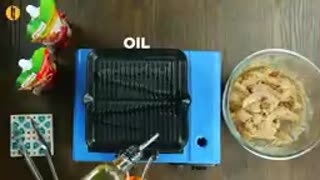 1:35
1:35
HSESafetyInformation
8 months agoMutton Chops two ways- baked & grilled Recipe by Food Fusion (Eid Recipe)
75 -
 1:40:36
1:40:36
The Quartering
6 hours agoKimmel Pulls Show Mysteriously, Youtube Collapse? & Much MOre
110K59 -
 LIVE
LIVE
cosmicvandenim
6 hours agoCOSMIC VAN DENIM | OFF CHARACTER | WARZONE PRACTICE
51 watching -
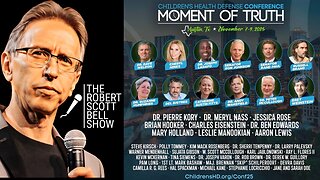 2:08:06
2:08:06
The Robert Scott Bell Show
6 hours agoMike Adams, Brian Hooker, Live From Brighteon Studios in Austin Texas, Kids Triple Vaccinated, Blood Sugar and Autism, Candy Fed to Cows, Nutrition Reform - The RSB Show 11-7-25
41.5K8 -
 LIVE
LIVE
GritsGG
5 hours ago#1 Most Warzone Wins 3943+!
27 watching -
 1:15:58
1:15:58
DeVory Darkins
6 hours agoLIVE NOW: Democrats SABOTAGE GOP effort to reopen Government
114K61 -
 1:21:21
1:21:21
Tucker Carlson
6 hours agoThe Global War on Christianity Just Got a Whole Lot Worse, and Ted Cruz Doesn’t Care
70K268 -
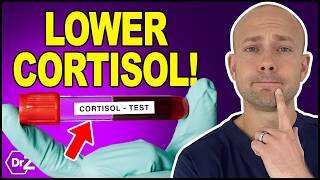 10:50
10:50
Dr. Nick Zyrowski
2 days agoDoctors Got It Wrong! This LOWERS CORTISOL In Minutes!
30.7K4 -
 24:14
24:14
Verified Investing
2 days agoBiggest Trade As AI Bubble Begins To Burst, Bitcoin Flushes Through 100K And Gold Set To Fall
25.3K -
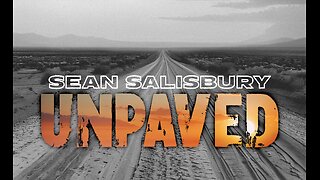 1:12:28
1:12:28
Sean Unpaved
6 hours agoAB's Dubai Drama: Extradited & Exposed + NFL Week 10 Locks & CFB Week 11 Upsets
31.4K